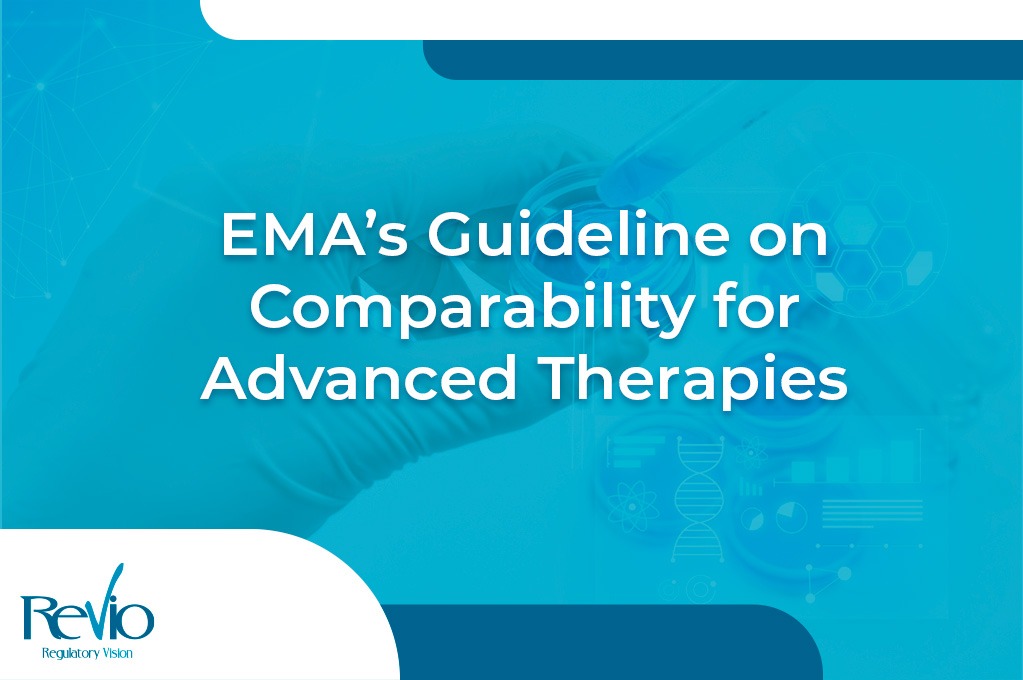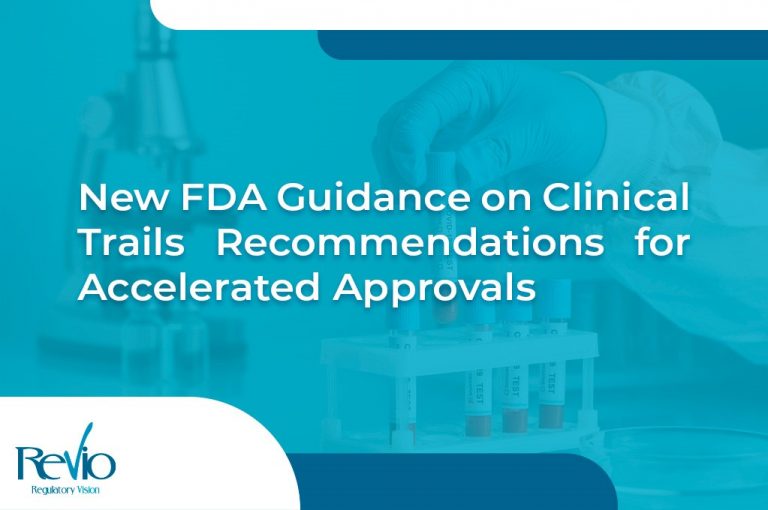Today, from Revio, we would like to share an overview on the EMA’s scientific guideline “Questions and answers: Comparability considerations for Advanced Therapy Medicinal Products (ATMP)”.
Comparability remains an important challenge in the development of ATMPs, and many questions raised to the EMA during Scientific Advice procedures are often related to the suitability of comparability proposals such as changes in raw and starting materials, manufacturing process scale or product stability.
It is important to point out that, all manufacturing modifications must adhere to Good Manufacturing Practice (GMP) guidelines. The significance of the changes and their potential impact on product characteristics should guide the extent of comparability data required. In cases where applicable, the Variation Regulation (for authorized ATMPs) or the clinical trial framework (for investigational ATMPs) should be followed.
This EMA Scientific Guideline is a Questions and Answers document that applicants and developers of ATMPs can follow for advice in their comparability exercise. Some of these are:
What is Comparability and Comparability exercise?
Comparability is the conclusion of the comparability exercise demonstrating that no adverse impact on the quality, efficacy and/or safety profile of a product has occurred when a manufacturing process change/transfer is introduced for the drug substance/product.
The comparability exercise is a set of activities, including generation and analysis of data, in the context of a study conducted with identified batches and analytical tools at the quality level.
Does ICH Q5E Guideline on Comparability apply to ATMPs?
ATMPs are outside the scope of ICH Q5E, as these products are characterized by starting materials of inherent variability, complex biological features, and manufacturing processes. However, some principles can be applied to ATMPs:
- Comparability exercise should be conducted stepwise, starting with physico-chemical and biological properties of the product.
- Investigation should focus on steps more appropriate to detect a change: critical steps/in-process controls/materials of the manufacturing process.
- Any observed analytical difference should be evaluated in relation to its impact on the product quality, safety, and efficacy.
How does the risk-based approach (RBA) apply to comparability exercises for ATMPs?
The overall extent of the comparability exercise for ATMPs should be driven by a risk-based approach. This approach should be used to determine an appropriate amount of comparability data and to select a suitable set of relevant critical quality attributes (CQAs) to be compared.
How should process comparability be addressed?
The comparability exercise should not only cover evaluation of equivalency of manufactured product, but also include comparison of processes themselves. This is particularly important when a new manufacturing site is introduced. Data from process parameters and result of in-process controls should be evaluated to understand better the impact of any introduced changes.
What are the preferred approaches for demonstrating comparability?
There are 2 main approaches for such demonstration:
- Side-by-side testing of products in the same analytical run: Given the complexity of ATMPs, it is crucial to specifically examine the impact of the introduced change(s). To minimize sources of variability, it is also advisable to use the same batch of raw materials for both the pre- and post-change processes.
- Comparison of post-change data to historical data obtained from pre-change process: This approach is not recommended but it can be acceptable if a side-by-side study is not possible. In this case, potential impact of all variable parameters (analytical methods, personnel, used equipment and materials, etc) need to be evaluated.
What is the comparability exercise needed when a new manufacturing site is added to an existing authorisation?
The initial step involves conducting a comparability assessment of the manufacturing process and confirming the equivalence of analytical methods at both sites. This entails evaluating process parameters and in-process controls to validate the transfer of the process. Subsequently, the comparability of the product itself should be demonstrated through release testing and appropriate characterization testing.
Is a comparability exercise needed when changes are made in the manufacturing of starting materials?
When critical changes are made in the manufacturing of starting materials for ATMPs, resulting in potential impacts on the manufacturing process or the final product, it becomes necessary to conduct a comparability demonstration taking into consideration the current process and product understanding.
This is some of the information and questions included in the official EMA’s document. If you want to check the complete guideline you can check it here!
We have launched an specialised course on development of Advanced Therapies, where we talk about CMC Challenges including Comparability, feel free to consult it here! If you are interested. SEE COURSE HERE.
Also, we have a dedicated webpage to bring you the latest updates, guidance and developments. You can also follow us on LinkedIn.
We hope you find this useful and of interest. If you would like to discuss any of these updates with the team at REVIO, please get in touch here.




